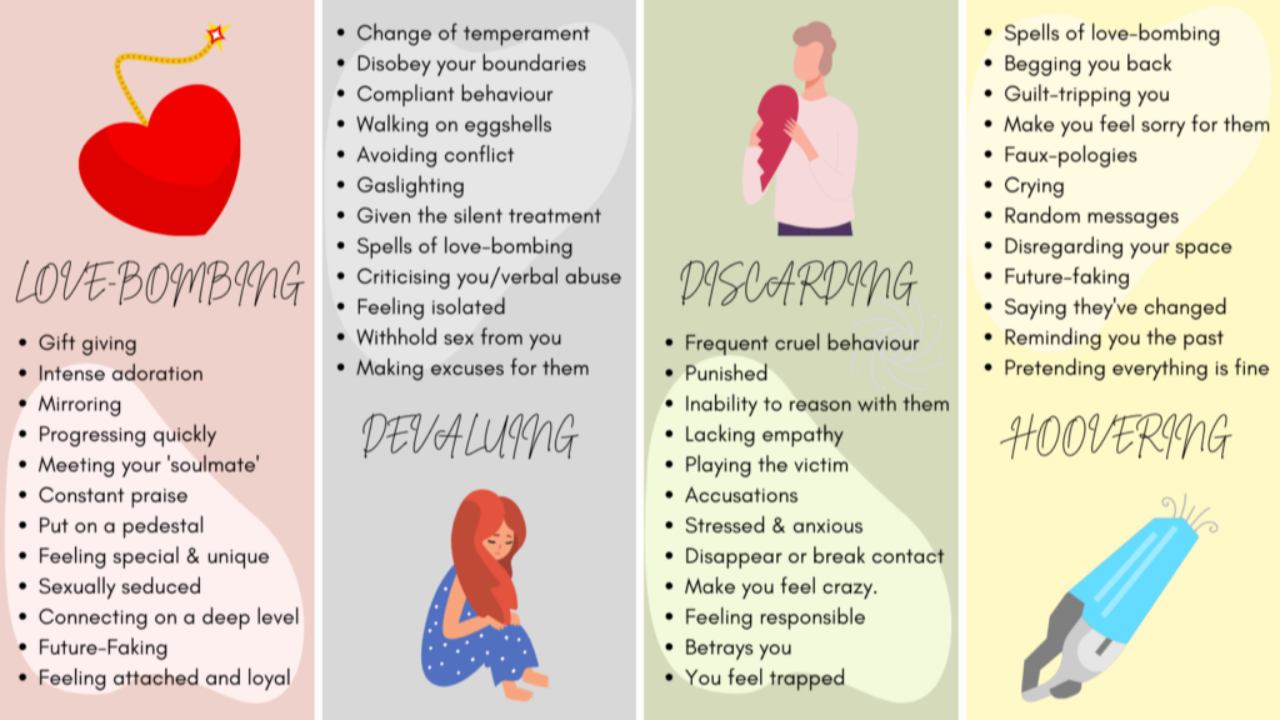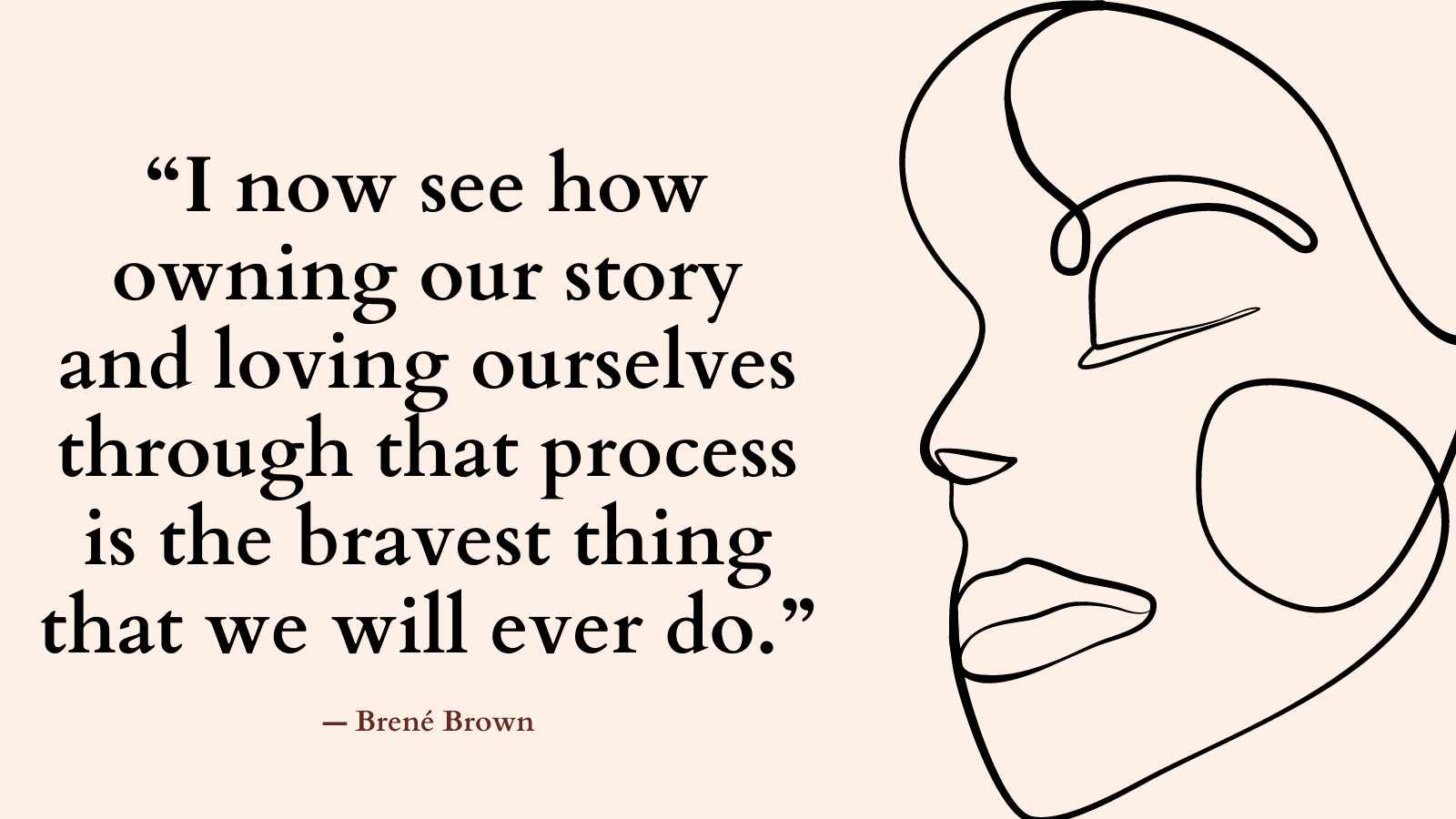From Charm to Harm: Identifying Narcissistic Abuse
Jun 01, 2023
From Charm to Harm: Identifying Narcissistic Abuse
As a therapist and coach, I see too many women struggling in relationships and suffering alone because they believe they can fix the problem or their abuser will change. If you've been feeling lost, overwhelmed, and unappreciated giving much more than you ever receive, you aren't alone.
If you fight with feeling like an imposter, feeling like no matter how hard you try it will never be enough? You may be a victim of narcissistic abuse. Too often women find themselves in relationships with narcissists who expertly manipulate them into pouring endless emotional labor into the relationship only to receive nothing in return, but, hurt and disappointment.
It is essential that we understand the signs of narcissistic abuse so that we can recognize when these damaging dynamics begin to take hold and detox our situationships and fake courtships and recognize when our well-being is threatened.
A wise person once said, "The first step to solving a problem is recognizing that there is one." For many women, the first hurdle in breaking the cycle of narcissistic abuse is recognizing the situation for what it is: abuse.
Emotional maltreatment comes cloaked in charm, making it all the more insidious. In this post, we will explore the characteristics of narcissistic abuse, empowering you to identify the signs and initiate the process of healing. Let's get to the root...
What is Narcissistic Abuse?
Narcissistic abuse, typically perpetrated by individuals with traits of Narcissistic Personality Disorder (NPD), is a form of emotional abuse. It often manifests as a cycle of control, manipulation, idealization, devaluation, and discarding. Although not always physical in nature, this form of abuse is deeply wounding and can leave long-lasting psychological scars.
The Charm: The Idealization Phase
This phase is also known as Love Bombing or the fairytale phase. Narcissistic relationships often begin with intense charm, affection, and flattery, a phase known as 'idealization' or 'love bombing'. You might feel as if you're on cloud nine, basking in the intense adoration and attention of your partner. But remember excessive admiration or love at the beginning is not always a sign of genuine affection. The purpose has nothing to do with love, it's meant to get you deeply bonded to them very quickly.
The Charm: The Devaluation Phase
The devaluation phase follows the idealization stage. Here, the once-charming narcissist may begin to display unpredictable, confusing behavior, belittle you, or dismiss your feelings and needs. This often leaves you in a state of self-doubt and anxiety, wondering what you did wrong and striving to return to the 'idealization' phase.
The Discard Phase
In the discard phase, the narcissist abandons the victim, both emotionally and sometimes physically. This can feel incredibly shocking and hurtful, as it often occurs abruptly and without any form of closure. The narcissist may end the relationship or simply withdraw their attention and affection, making you feel rejected and devalued.
The discard phase is not always the end of the relationship. It's often a power play, designed to make you feel desperate for their return, thereby furthering their control and manipulation over you.
The Hoovering Phase
The hoovering phase typically follows the discard phase. Named after the Hoover vacuum, it's a metaphorical description of how the narcissist attempts to "suck" you back into the abusive cycle after having seemingly pushed you away.
During the hoovering phase, the narcissist might use various tactics, ranging from pretending to be repentant, re-idealizing you, promising change, or even guilt-tripping you to return. They may attempt to connect on a sentimental level or offer tempting promises of a better future together. It's important to remember that this is part of the manipulative cycle, and the narcissist has not truly changed.
The understanding of these phases—idealization, devaluation, discard, and hoovering—is vital to breaking the cycle of narcissistic abuse. Each stage is a manipulation tactic designed to control and confuse the victim, making them more dependent on the narcissist.
When you can recognize these phases for what they are, it becomes easier to create boundaries and seek help.
Be gentle with yourself. Don't get caught up blaming yourself, because freedom requires you to educate yourself. Your trauma is NOT your fault, but it is your responsibility.

Let's Explore the Signs of Narcissistic Abuse
Recognizing the signs of narcissistic abuse can be challenging as they often masquerade as 'normal' relationship hurdles. Here are some red flags to look out for:
1. Gaslighting: This psychological manipulation technique involves making you doubt your own memory, perception, or sanity. The abuser may deny your experiences or twist the truth, making you question your reality.
2. Constant Criticism and Neglect: You may find yourself subjected to persistent criticism, or the narcissist may neglect your emotional needs, dismissing them as trivial.
3. Manipulation and Control: A narcissistic abuser often seeks control over your life. They might monitor your activities, restrict your social interactions, or manipulate you into doing things their way.
4. Lack of Empathy: Narcissists often struggle to empathize with others. They may disregard your feelings, appear indifferent to your pain, or lack remorse for their harmful actions.
5. Entitlement: A hallmark of NPD is a sense of entitlement. The abuser might expect you to meet their needs without considering yours.

You Deserve to Breakthrough
Escaping the cycle of narcissistic abuse requires courage and determination. Here are some steps to help you break free:
- Education: Understanding the nature of narcissistic abuse can provide a new perspective on your situation, validating your experiences and feelings.
- Seek Professional Help: Therapists or counselors specialized in abuse can offer valuable guidance and support, helping you navigate the process of healing.
- Set Boundaries: Establishing and enforcing boundaries can protect you from further abuse. Let the abuser know what behavior is unacceptable.
- Practice Self-Care: Take time to nurture your emotional and physical well-being. Engage in activities that bring you joy and peace.
- Build a Support Network: Surround yourself with people who understand and validate your experiences. Support groups, online forums, friends, and family can provide emotional comfort and practical advice.
Ultimately, remember this: You are not alone. You are not to blame for the narcissist's behavior. You deserve to be treated with respect and dignity. And, most importantly, there is help and support available for you.
Narcissistic abuse is often unseen, unheard, and unacknowledged by those outside the relationship, making it one of the loneliest forms of suffering. But recognizing the problem is the first step towards reclaiming your life from harm and transitioning towards healing.
From Charm to Harm: Recognizing Narcissistic Abuse is the beginning of a journey — a journey towards a life where you are valued, respected, and loved as you should be. You've already taken the first and hardest step by educating yourself. And as you continue, always remember: you are stronger than you think, braver than you feel, and more deserving than the narcissist would ever let you believe.
Remember your love is just a decision away.
Cerita Yvonne xoxoxox
You don't have to go at it alone. If you want help to heal from trauma and toxic relationships, join The Relationship Detox.

